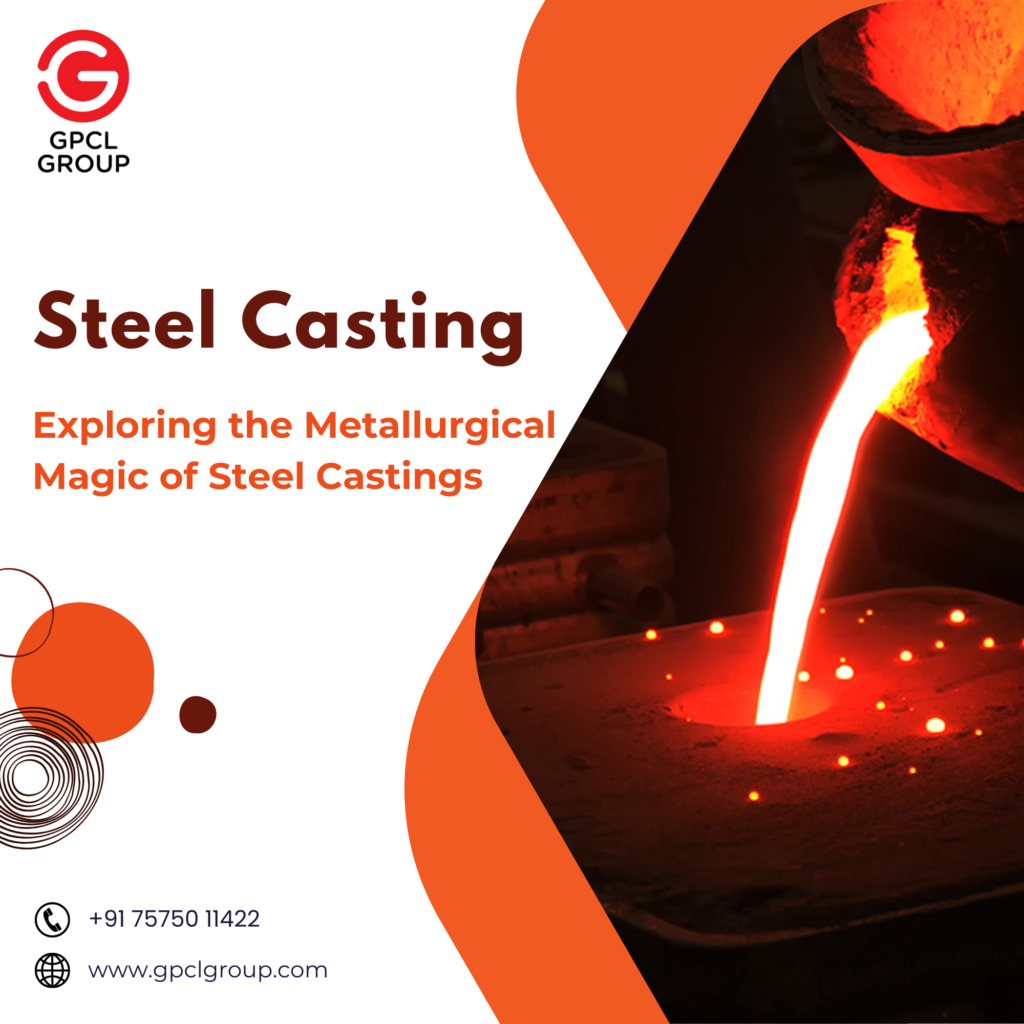Steel casting stands as a cornerstone in the realm of metallurgy, offering a blend of versatility, durability, and strength unparalleled by many other materials. The process of steel casting involves the pouring of molten steel into a mold, creating intricate shapes and structures that serve diverse industries worldwide. In this exploration, we delve into the metallurgical magic of steel castings, uncovering the intricacies that make them indispensable in modern manufacturing.
Understanding Steel Casting:
Steel casting is a manufacturing process wherein molten steel is poured into a pre-designed mold cavity and allowed to solidify. This method allows for the production of complex shapes with high precision and dimensional accuracy. The versatility of steel casting makes it suitable for a wide range of applications, from automotive components to industrial machinery.
Metallurgical Composition:
The metallurgical composition of steel castings plays a crucial role in determining their mechanical properties and performance characteristics. Typically, steel castings consist primarily of iron and carbon, with additional alloying elements such as manganese, chromium, and nickel. These alloying elements impart specific properties to the steel, such as increased strength, corrosion resistance, and heat resistance.
Advantages of Steel Castings:
Steel castings offer several advantages over other manufacturing processes and materials:
a. Design Flexibility: Steel castings can be designed to meet precise specifications, allowing for complex geometries and intricate details.
b. Strength and Durability: Steel is renowned for its exceptional strength and durability, making steel castings ideal for applications subjected to high loads and harsh environments.
c. Cost-Effectiveness: Despite the initial investment in tooling and equipment, steel castings offer long-term cost savings due to their durability and performance.
Types of Steel Castings:
Steel castings can be classified into various types based on their production methods and applications:
a. Carbon Steel Castings: These castings consist primarily of iron and carbon, with small amounts of other alloying elements. Carbon steel castings offer high strength and good machinability, making them suitable for a wide range of applications.
b. Alloy Steel Castings: Alloy steel castings contain additional alloying elements such as chromium, nickel, and molybdenum. These elements enhance the mechanical properties of the steel, including strength, hardness, and corrosion resistance.
c. Stainless Steel Castings: Stainless steel castings are corrosion-resistant and offer excellent mechanical properties, making them ideal for applications in the automotive, aerospace, and medical industries.
Metallurgical Processes:
Several metallurgical processes are involved in the production of steel castings, including:
a. Melting: The raw materials, including scrap steel and alloying elements, are melted in a furnace to form molten steel.
b. Pouring: The molten steel is poured into a preheated mold cavity, where it solidifies to form the desired shape.
c. Cooling and Solidification: After pouring, the casting is allowed to cool and solidify within the mold cavity, a process that determines the final microstructure and mechanical properties of the steel.
d. Heat Treatment: Heat treatment processes such as quenching and tempering may be employed to further enhance the mechanical properties of the steel casting.

Applications of Steel Castings:
Steel castings find applications across various industries, including:
a. Automotive: Engine components, transmission parts, and chassis components.
b. Aerospace: Aircraft engine components, landing gear, and structural elements.
c. Construction: Structural steel components, crane parts, and bridge components.
d. Mining and Heavy Machinery: Bucket teeth, wear plates, and crusher components.
Conclusion:
The metallurgical magic of steel castings lies in their ability to blend strength, durability, and versatility into a single material. From their precise metallurgical composition to the intricate processes involved in their production, steel castings continue to shape modern manufacturing across diverse industries. As we continue to push the boundaries of metallurgy, steel castings remain a testament to the ingenuity and innovation driving industrial progress.

